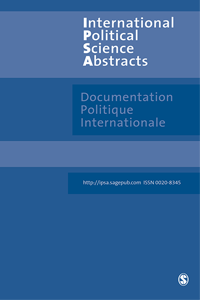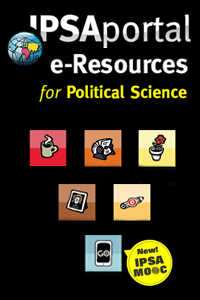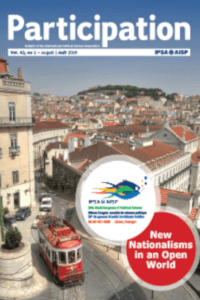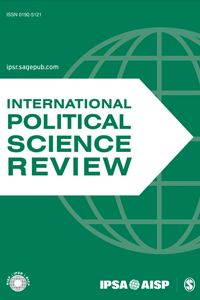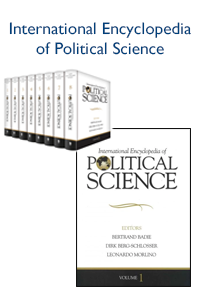Iran in the International System Between Great Powers and Great Ideas
Edited by : Heinz Gärtner, Mitra Shahmoradi
Release date: Aug 2020
Routledge
Nombre de pages: 268
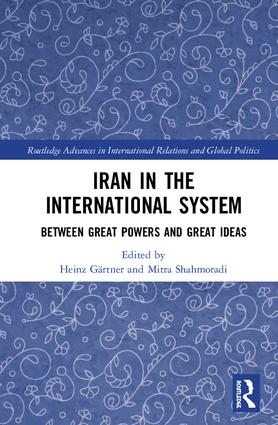

Drawing on Iran’s history and its relations with great powers and regional neighbours, this book addresses the question of how much continuity and/or change there is in Iranian international relations since the Iranian revolution. Iran has often been at the centre of the political debate on both the Gulf region and transatlantic relations. Following the Trump administration’s withdrawal from the Viennese nuclear agreement in May 2018 signed by the five permanent members of the UN-Security Council, the relationship between Iran and the world entered a new phase. With high expectations within Iran for improved relations with Europe, the this book calls for a new and innovative approach to be undertaken by the Iranian leadership towards the US, Europe and Asia if Iran is to find a role for itself within regional and international structures. Exploring power relations, negotiations, the role of international institutions and international law, the contributors consider the relations among central powers that influence Iran’s internal and external affairs; and examine Iran’s domestic motives and role in the local and regional context.
This book will be of interest to scholars and students of Politics, International Relations, Iranian Politics, Iranian Foreign Policy. It may also provide insights for policymakers, journalists, and the military.
Table of Contents
Preface
Hannes Swoboda and Stephanie Fenkart
Preface in Farsi
Mitra Shahmoradi
Acknowledgements
Introduction
Part 1: USA and Vienna Nuclear Agreement
1. Iran’s Relations with the United States: Current Conditions in Historical Perspective
Shireen T. Hunter
2. The Iranian Threat: The Construction of Insecurity
Andreas M. Bock
3. The fate of the JCPOA
Heinz Gärtner
Part 2: Iranian Economy: Crippled and Resilient
4. Iran’s Endogenous Role in the International Economic System
Mahdi Ghodsi
5. The Impact of Economic Sanctions on the Iranian Middle Class
Mahnaz Zahirinejad
Part 3: Eurasian perspectives on Iran
6. Iran and Europe: The never-ending hope for strong and efficient relations
Bernard Hourcade
7. Irans’s unequal partners: Russia and India
Erzsébet N. Rózsa
8. The Iranian Nuclear Issue and China: Sino-Iranian Interactions Within and Beyond the UNSC
Mher D. Sahakyan
Part 4: Revolution and Society
9. Iran and the International Order: Historic Transitions and New Challenges
Abbas Milani
10. Transparent Veil
Mitra Shahmoradi
11. Iran before the revolution: some considerations concerning socio-cultural aspects of urban life in the Sixties of the past century
Bert G. Fragner
Conclusions
Reviews
The risk of conflict between Iran and the United States is real and growing. This timely collection of excellent essays helps explain why. A diverse set of international experts analyze the complex history of U.S.-Iranian relations, the impact of sanctions on the Iranian economy and domestic politics, and the possible fate of the Iran nuclear deal. Most importantly, the authors present creative ideas about how best to reduce these risks.
Scott D. Sagan






